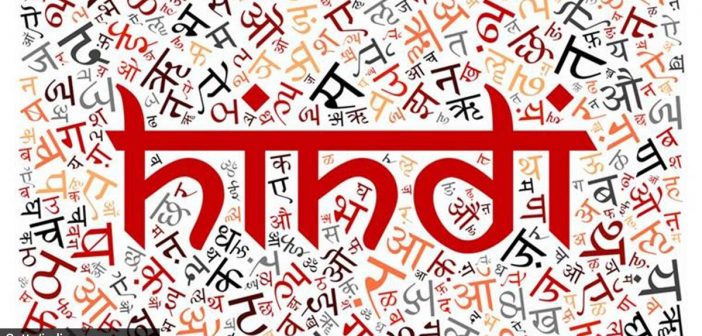Hindi and Hindustani, two names often used interchangeably, hold a unique position in the tapestry of languages spoken on the Indian subcontinent. While seemingly similar, these languages possess distinct characteristics. This article delves into the historical roots, linguistic features, and everyday usage of Hindi and Hindustani, enabling you to appreciate the subtle differences between them.
Tracing the Roots: A Historical Perspective
Hindustani emerged around the 13th century in the Delhi Sultanate, a product of the cultural and linguistic exchange between Persian-speaking elites and the native population of North India. This nascent language drew heavily from both Khariboli, a dialect of Hindi, and Persian, incorporating vocabulary and grammatical structures from both languages.
Over time, Hindustani diverged along religious lines. Muslims favored Urdu, a variant that incorporated more Persian and Arabic vocabulary due to religious and literary influences. Hindus, on the other hand, gravitated towards a more Sanskritized version, which eventually became known as Hindi.
The Hallmark of Hindi: Embracing Sanskrit
Hindi, designated as the official language of India, draws heavily from Sanskrit, an ancient Indo-European language. This influence manifests in several ways:
-
Vocabulary: A significant portion of Hindi vocabulary comes from Sanskrit. Words like “pustak” (book), “vidyarthi” (student), and “shuru” (beginning) all have Sanskrit roots.
-
Grammar: Hindi grammar exhibits features reminiscent of Sanskrit, such as a three-gender system (masculine, feminine, and neuter) and a complex system of verb conjugations.
-
Writing System: Hindi utilizes the Devanagari script, a descendant of the Brahmi script used in ancient India. Devanagari is specifically adapted to represent the sounds of Sanskrit.
The Lingua Franca: The Allure of Hindustani
Hindustani, on the other hand, remains a lingua franca, a language commonly used for communication across diverse populations. Here’s what sets it apart:
-
Persian and Arabic Influence: Hindustani retains a stronger influence of Persian and Arabic vocabulary compared to Hindi. Words like “kitab” (book), “talim” (education), and “shuru” (beginning) showcase this influence, even though Hindi might use synonyms derived from Sanskrit.
-
Urdu Script: While both Hindi and Hindustani can be written in Devanagari, Urdu traditionally uses a modified version of the Perso-Arabic script, known as Nastaliq.
-
Spoken Register: Hindustani, particularly in its colloquial form, tends to be more relaxed in its grammar and pronunciation compared to formal Hindi. This informality makes Hindustani a natural choice for everyday conversation.
Examples in Action: Illustrating the Differences
Here’s a practical illustration of the differences between Hindi and Hindustani:
-
Sentence: “Aaj kal mausam bahut suhaana hai” (The weather is very pleasant today)
-
Hindi: This sentence leans towards formal Hindi, using vocabulary derived from Sanskrit like “mausam” (weather) and “suhaana” (pleasant).
-
Hindustani: A more colloquial Hindustani version might be “Aaj mausam bahut achha hai” where “achha” (good) replaces the Sanskritized “suhaana.”
-
A Spectrum of Communication: Hindi, Hindustani, and Urdu
It’s important to understand that Hindi and Hindustani exist on a spectrum. Formal Hindi and Urdu might seem quite distinct, but spoken Hindi and Hindustani often blur the lines. The choice of language often depends on the context and the audience.
The Evolving Landscape: The Future of Hindi and Hindustani
Both Hindi and Hindustani play vital roles in contemporary India. Hindi serves as a unifying force and a symbol of national identity. Hindustani, with its informality and wide reach, remains a crucial tool for everyday communication.
Looking ahead, technology and social media are influencing both languages. The rise of online content creation in Hindi and the influence of Bollywood films, which often use Hindustani with a mix of Hindi and Urdu vocabulary, are shaping the way these languages evolve.
Conclusion: Celebrating Linguistic Diversity
Understanding the distinctions between Hindi and Hindustani offers a deeper appreciation for the rich linguistic tapestry of India. Hindi, with its roots in Sanskrit, serves as a vital link to the nation’s cultural heritage. Hindustani, a vibrant lingua franca, facilitates communication across diverse communities. Both languages coexist and evolve, reflecting the dynamic cultural landscape of India.





